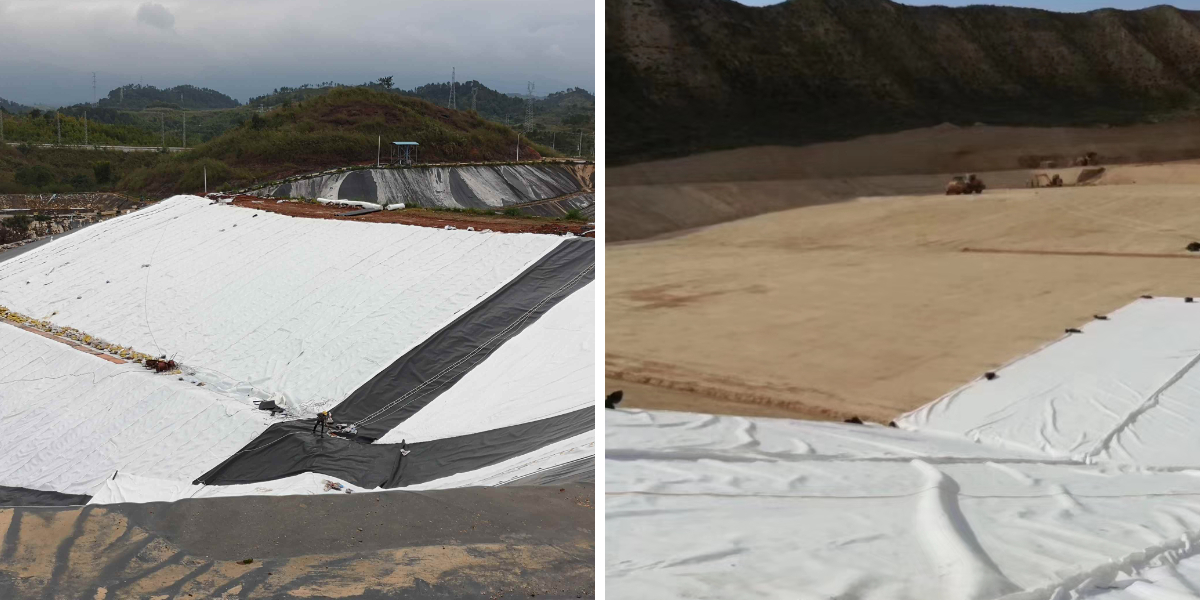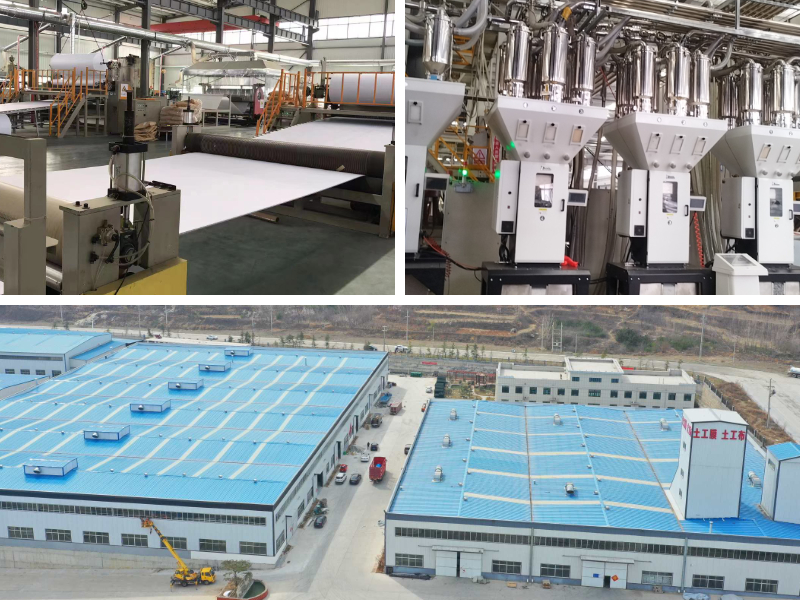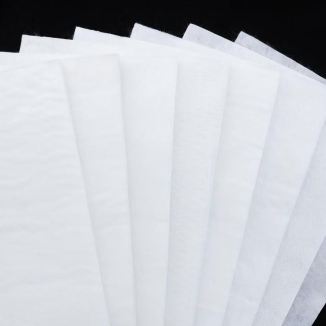How Geotextiles Help in Landfill Construction and Waste Management
Landfills continue to be a indispensable infrastructure for stable waste administration globally, but their environmental have an effect on needs revolutionary engineering solutions. Geotextiles—synthetic permeable fabric engineered for geotechnical applications—have emerged as a cornerstone in contemporary landfill design, improving containment effectivity whilst lowering ecological risks. This article explores the multifaceted position of geotextile cloth, non woven geotextile fabric, and specialised merchandise like geotextile cloth Bunnings (a reference to commercially on hand solutions) in optimizing landfill building and waste management.
1. Geotextiles as Barrier Systems: Preventing Contamination
The most important feature of geotextiles in landfills is to act as a protecting barrier in opposition to leachate—the poisonous liquid generated as rainwater percolates via waste. Traditional clay liners, whilst effective, are inclined to cracking beneath stress, whereas geotextiles supply a bendy but long lasting alternative.
1.1 Leachate Containment Mechanisms
Non woven geotextile fabric, made from randomly oriented fibers bonded by means of thermal or chemical processes, well-knownshows excessive porosity and filtration capacity. When positioned below waste layers, it lets in leachate to drain whilst trapping suspended solids, stopping clogging of underlying drainage systems.
Geotextile material strengthened with high-density polyethylene (HDPE) membranes types composite liners. For instance, a 2024 find out about on a Chongqing landfill tested that a HDPE-geotextile composite decreased leachate leakage by means of 92% in contrast to single-layer clay liners.
Geotextile material Bunnings and comparable industrial merchandise regularly combine UV stabilizers to face up to degradation from extended solar exposure, making sure long-term integrity in uncovered landfill cap systems.
1.2 Gas Management Enhancement
Landfill fuel (LFG), in particular methane and carbon dioxide, poses explosion dangers and contributes to local weather change. Geotextiles facilitate LFG series by:
Acting as a filter layer under gasoline series pipes, stopping particulate blockages.
Enhancing the overall performance of geomembrane-geotextile interfaces in gasoline venting systems. A 2023 trial in Melbourne confirmed that non woven geotextile cloth expanded fuel extraction effectivity with the aid of 15% through retaining uniform strain distribution.
2. Structural Reinforcement: Stabilizing Landfill Infrastructure
Landfills suffer dynamic hundreds from waste compaction, settlement, and erosion. Geotextiles toughen these constructions through:
2.1 Slope Stabilization
Geotextile material is embedded in slope faces to distribute stress and stop sliding. In a 2022 Zhejiang landfill expansion, non woven geotextile cloth decreased slope failure dangers through 30% via reinforcing soil-waste composites.
Geotextile cloth Bunnings-type merchandise are frequently pre-cut for speedy set up on steep terrains, accelerating development timelines whilst retaining security standards.
2.2 Erosion Control
Exposed landfill surfaces are susceptible to wind and water erosion. Geotextiles anchored with vegetation or rock riprap create a everlasting erosion barrier. For example, a 2021 challenge in Sydney used non woven geotextile material to stabilize a 12-hectare landfill cap, lowering sediment runoff with the aid of 85%.
Geotextile fabric with excessive puncture resistance protects underlying liners from injury at some stage in cowl fabric placement.
3. Drainage Optimization: Managing Liquid Flow
Efficient drainage is indispensable to forestall leachate accumulation and hydraulic overload. Geotextiles beautify drainage structures by:
3.1 Subsurface Drainage Layers
Non woven geotextile material wrapped round perforated pipes types geocomposite drains, changing usual gravel layers. These structures minimize development fees through 40% whilst enhancing waft capacity, as considered in a 2023 Shandong landfill upgrade.
Geotextile fabric with gradient-specific permeability ensures uniform drainage throughout variable soil conditions, minimizing localized saturation.
3.2 Rainwater Diversion
Geotextile material Bunnings and different merchandise are used in rainwater shunting structures to separate stormwater from leachate. A 2024 Jiangsu landfill carried out a geotextile-lined diversion channel, slicing contaminated runoff by using 60% at some stage in monsoon seasons.
4. Cost-Efficiency and Sustainability
Geotextiles provide financial and environmental blessings over traditional materials:
4.1 Reduced Material Consumption
A 2023 lifecycle evaluation printed that non woven geotextile cloth requires 30% much less fabric than gravel for equal drainage performance, decreasing transportation and labor costs.
Geotextile fabric extends the lifespan of HDPE liners by using performing as a cushion towards sharp waste particles, decreasing alternative frequency by means of up to 50%.
4.2 Circular Economy Integration
Some producers now produce geotextiles from recycled polymers, aligning with zero-waste goals. For instance, a 2024 pilot in Guangzhou used geotextile material made from one hundred percent post-consumer plastic bottles, diverting five hundred lots of waste from oceans.
Geotextile material Bunnings and comparable outlets more and more inventory biodegradable preferences for brief applications, such as building web site sediment control.
5. Case Studies: Real-World Applications
5.1 Beijing Asuwei Landfill
China’s first landfill to use geotextile material in its composite liner system, Asuwei has processed over 20 million heaps of waste with minimal leakage. The non woven geotextile material layer decreased clogging in leachate pipes by using 70%, making sure non-stop operation for two decades.
5.2 Melbourne West Waste to Energy Plant
This hybrid facility built-in geotextile cloth Bunnings-style merchandise in its biofilter structures to deal with odors from decomposing waste. The non woven geotextile cloth retained microbial cultures while permitting airflow, attaining 95% smell discount at 30% decrease charges than artificial media.
6. Future Trends: Smart Geotextiles
Innovations are pushing geotextiles past passive barriers:
Sensor-Embedded Fabrics: Researchers at Tsinghua University have developed geotextile material with embedded fiber-optic sensors to screen leachate ranges in actual time, enabling predictive maintenance.
Self-Healing Materials: A 2024 leap forward in polymer science delivered non woven geotextile cloth that repairs microtears the use of encapsulated restoration agents, doubtlessly doubling provider life.
Conclusion
From leachate containment to slope stabilization, geotextiles are reworking landfill engineering into a safer, cheaper, and greener discipline. Whether via non woven geotextile cloth for filtration, geotextile fabric for reinforcement, or business options like geotextile material Bunnings, these substances tackle the twin challenges of waste administration and environmental protection. As landfills evolve into bioreactors and power hubs, geotextiles will continue to be crucial in constructing resilient infrastructure for the round economy.
By integrating superior geotextiles, the waste administration enterprise can attain its aim of zero damage to soil and water whilst optimizing useful resource recovery—a win-win for humans and the planet.
Contact Us
Company Name: Shandong Chuangwei New Materials Co., LTD
Contact Person :Jaden Sylvan
Contact Number :+86 19305485668
WhatsApp:+86 19305485668
Enterprise Email: cggeosynthetics@gmail.com
Enterprise Address: Entrepreneurship Park, Dayue District, Tai 'an City,
Shandong Province








